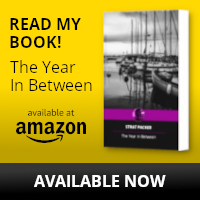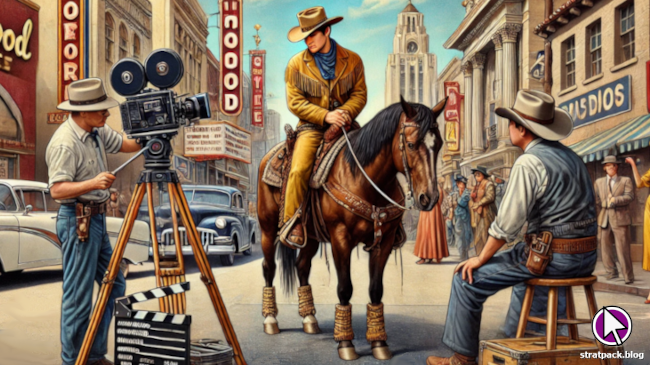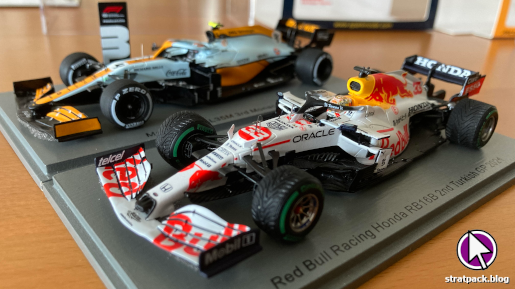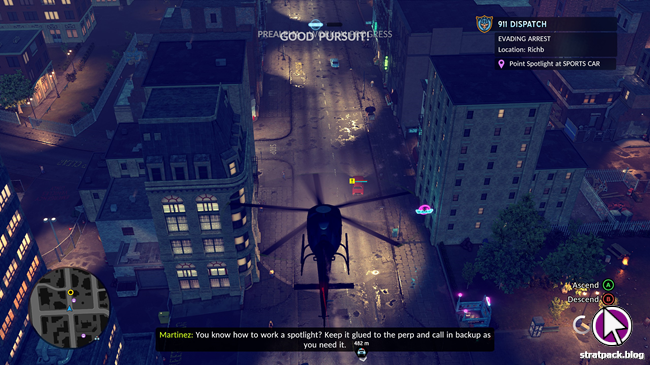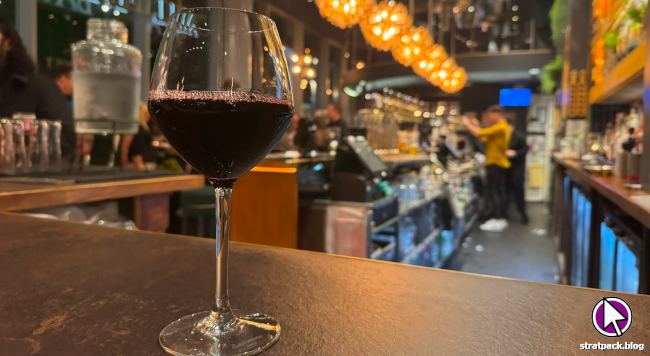
How to run a half marathon (better)
Long-time readers of this blog might remember that I ran a gruelling half marathon back in September 2022. I finished, but was reduced to a brisk walk at points, and ended up crossing the line in a disappointing 2 hours 20 minutes.
This was partly down to my preparation, which was interrupted for COVID-related reasons a month before the event, and partly due to pain in my knees (possibly related to needing to increase my distances so quickly), which started giving me hassle well before the halfway point and became unbearable later on.
This year I was determined not to let that happen again, and strove to achieve a result representative of my capability when the event arrived in September. So here goes another article about how to run a half marathon - but this time, better.
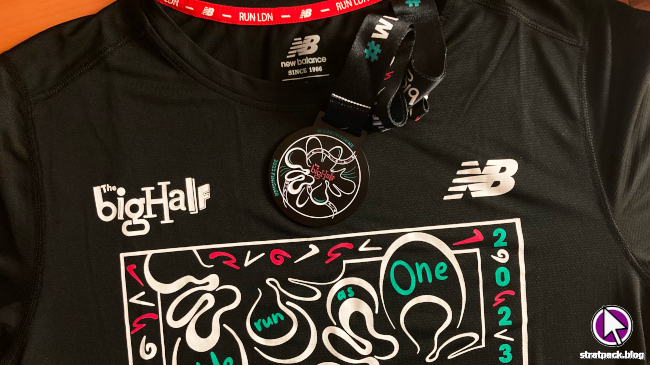
Half marathon training plan
If I was going to avoid more disappointment, I couldn’t leave anything to chance. I knew I could run the 21.1km in less than two hours, but it would take commitment.
With 2023’s half marathon already in mind, I kept running through the winter, and slowly built up my distance over the year. This meant a religious schedule of two runs per week - a 7.5km midweek run and a maximum distance weekend run.
I kept this up throughout 2023, with the exception of illness and holidays - although I did sneak in 12km along the Edogawa river when I was staying in Tokyo. Once I hit the half marathon distance I was aiming for, I alternated between that and 15km runs on the weekend to maintain my stamina while preserving my knees.
| Month | Runs | Avg. distance | Longest distance |
|---|---|---|---|
| January | 9 | 7.35km | 7.44km |
| February | 9 | 7.40km | 7.44km |
| March | 8 | 9.31km | 12.26km |
| April | 9 | 10.75km | 15.71km |
| May | 4 | 10.45km | 15.16km |
| June | 6 | 11.43km | 17.42km |
| July | 9 | 13.23km | 21.84km |
| August | 9 | 11.81km | 21.23km |
By September, I’d run more than 640km in 2023, and had just enjoyed a serious morale boost from a couple of half marathon personal bests in August training runs (my record, which still stands at the time of writing, is 1 hour 57 minutes).
The gentler increases in distance were kinder to my knees than 2022’s messy training schedule, and not having to change running shoes at the last minute also probably helped. I had a slight nagging ankle injury in the weeks before the race, but took care to avoid exacerbating it, and felt ready to go as the big day approached.
Preparing for a half marathon
I took my last light 7.5km warmup run on Wednesday morning, four days before the half marathon, to give my ankle some rest. I then turned my attention to some of the smaller aspects of preparation that I overlooked before last year’s race.
In the weeks leading up to the event I experimented with pre-run foods. The night before my final full-distance training run (which was the one where I set my personal best) I ate a big pasta meal, so I made sure to do the same on the Saturday night before the race to take on plenty of carbohydrates and build a store of energy.
I also made the slightly risky but ultimately fruitful decision not to take a drink with me. In 2022, I carried a bottle of Lucozade Sport, a sugar-heavy beverage which was too sickly to drink mid-run. I’ve never taken water on my training runs, so I decided to ditch the extra weight and grab water at the checkpoints if I needed it.
Running a half marathon (again)
The morning arrived and I was feeling confident but still a little nervy. This wasn’t helped by a long wait before the start, as the organisers had moved from a rolling start to waves. It was approaching 20 degrees before I even got going, so I knew the heat would play a role since my training was mostly in the early mornings.
I set off, trying my best to ignore those around me and run at a natural pace. Every couple of kilometres I pulled out my phone and checked my pace - my personal best had an average pace of 5 minutes 33 seconds per kilometre, so if I caught myself going any faster I tried to slow down a little to keep some energy in the tank.
This worked very well for about 15km. My split times, taken at 5km intervals, showed my average pace per kilometre varied by just two seconds over the first three quarters of the race, and I see that as a huge success in terms of pacing.
I was on for another personal best until the final six kilometres, where the fatigue from the heat really kicked in and my pace dropped to around 5 minutes 50 seconds per kilometre. It was rough going, with little shade and the only respite coming from a hose spraying cool water over the road outside the local fire station.
But I knew I was doing well, and I was still set on avoiding 2022’s disappointment, so I kept running. I didn’t have a final sprint in me, but I kept a solid pace and finished in 1 hour 58 minutes - 22 minutes and 2,500 places ahead of last year’s effort!
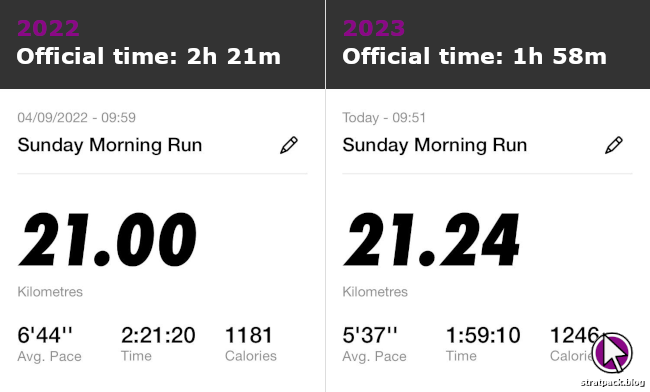
While it might not quite have been the personal best I was dreaming of after a strong start, on reflection I’m extremely happy to have achieved what I initially set out to do - to right the wrongs of 2022 and finish a half marathon in less than two hours.
What I learnt
Over the course of the last 24 hours - and indeed the last year - I’ve essentially been running a big experiment. Subsequently, I’ve proven some of the things I thought I learnt after last year’s race, and have stumbled across a few other pointers, too.
Training - I knew this even before I was a victim of bad luck in 2022, but it’s worth reiterating: Training is a lot kinder on your body if you make sure you have enough time to slowly build your distances, giving your legs, knees, and ankles a chance to get used to the workout and allowing time for injuries to heal if needed.
Pre-race nutrition - A carbohydrate-heavy meal (in my case pasta) the night before running seems to work wonders, providing a plentiful supply of energy. I also ate a couple of bananas early in the morning on race day, which seemed to go down well.
Water - Unless you do so on your training runs, carrying even 500ml of water with you is an extra weight for the entire distance. At future events I plan to continue turning up empty-handed, making use of the drinks stations on the route instead.
Pacing - It is extremely helpful to set a time you’re proud of across the full race distance in training. Take note of the pace and you’ll have a reference point against which to measure your pace on the day, as well as a psychological boost knowing that you’ve done this before and you can make it if you just keep going.
That’s everything I have for this year, and after I publish this article I’m going to sign off for some well-earned rest. If you’re an experienced runner and you have any more tips, please let me know, and if you’re a newbie with questions, I’d be happy to help if you send me a tweet or email! All the details you need are below.



